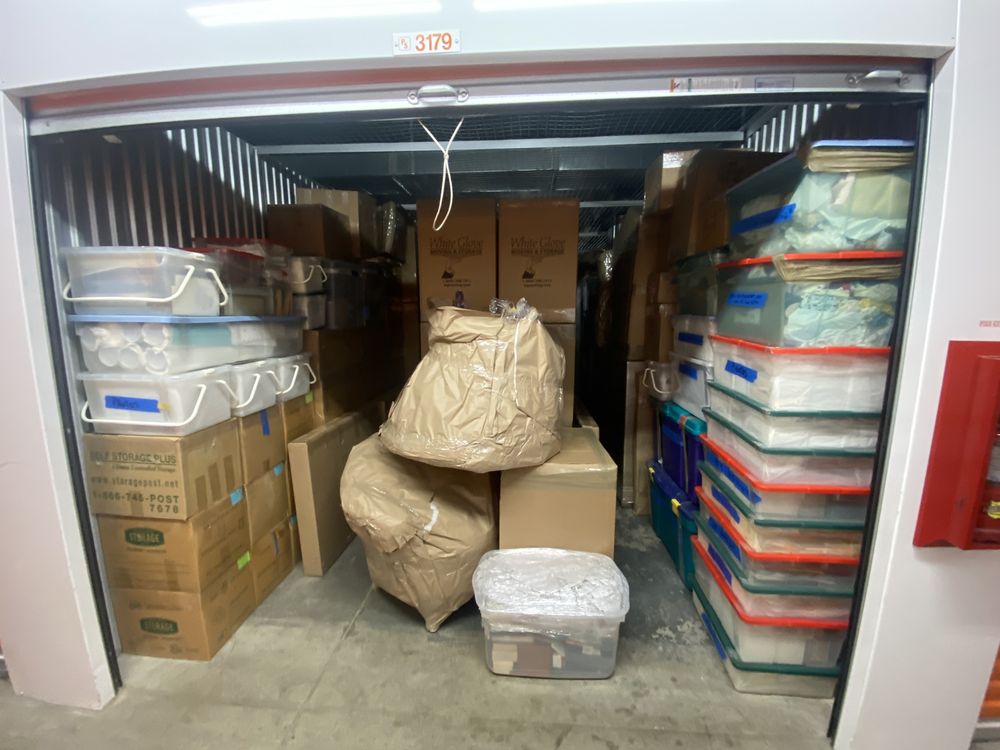
Feb
Moving can be a stressful experience, and it can be particularly challenging when you have to pack and transport fragile items.
Whether you’re moving across the country or just down the street, it’s important to take the time to properly pack your fragile items to prevent damage and ensure that they arrive at your new home in one piece.
In this blog post, we’ll provide some tips and examples for properly packing fragile items, such as dishes and electronics.
Packing Dishes
Dishes are one of the most common fragile items that people need to pack when moving. Here are some tips for packing dishes to keep them safe:
Use the right materials. When packing dishes, it’s important to use the right materials to keep them safe.

This includes strong, sturdy boxes that are designed for moving, as well as packing materials such as bubble wrap, packing paper, and foam sheets.
Wrap each dish individually. To prevent your dishes from breaking or chipping during the move, it’s important to wrap each dish individually in bubble wrap or packing paper.
Start by placing a sheet of packing paper or a piece of bubble wrap on a flat surface, and then place the dish in the center. Wrap the paper or bubble wrap around the dish, and secure it with tape.
Use a double layer of packing material. For extra protection, consider using a double layer of packing material when wrapping your dishes. This will help absorb shock and prevent breakage during transport.
Pack dishes vertically. When packing your dishes in a box, it’s important to pack them vertically rather than horizontally. This will help distribute the weight evenly and prevent dishes from crushing each other.
Packing Electronics
Electronics such as TVs, computers, and other delicate gadgets require special attention when packing. Here are some tips for packing electronics to keep them safe:
Use original packaging when possible. If you still have the original packaging for your electronics, use it! This will provide the best protection for your items during transport.
Wrap each item individually. Like dishes, it’s important to wrap each electronic item individually in bubble wrap or packing paper. This will help prevent scratches and other damage during transport.
Label cords and accessories. Before packing your electronics, make sure to label all cords and accessories so that you can easily reconnect everything at your new home.

This will save you time and frustration later on.
Pack electronics in sturdy boxes. When packing your electronics, it’s important to use sturdy boxes that are designed for moving.
Make sure the box is the right size for your item, and fill any empty space with packing peanuts or bubble wrap to prevent movement during transport.
Examples
Let’s take a closer look at some examples of how to pack fragile items properly:
Example 1: Packing Plates
Start by placing a layer of packing peanuts or bubble wrap on the bottom of a sturdy box. Then, wrap each plate individually in bubble wrap or packing paper, and place it vertically in the box.
Add a layer of packing peanuts or bubble wrap between each plate to prevent them from touching each other. Fill any empty space in the box with packing peanuts or bubble wrap, and tape the box securely.
Example 2: Packing a TV
If you have the original packaging for your TV, use it! If not, start by wrapping the TV in a layer of bubble wrap or packing paper. Then, place it in a sturdy box that is the right size for the TV.
Fill any empty space in the box with packing peanuts or bubble wrap, and make sure the TV is secure and does not move during transport. Label the box as “fragile” and “this side up” to ensure it is handled with care.
Example 3: Packing Glasses
Start by placing a layer of packing peanuts or bubble wrap on the bottom of a sturdy box. Wrap each glass individually in bubble wrap or packing paper, and place it vertically in the box.

Fill any empty space in the box with more packing peanuts or bubble wrap, and add a layer of packing material on top of the glasses to provide extra cushioning.
Seal the box securely with tape and label it as “fragile” and “this side up” to ensure careful handling.
Example 4: Packing a Computer
Start by backing up all important files and data on your computer. Then, disconnect all cords and accessories and label them for easy reassembly later. Wrap the computer tower in a layer of bubble wrap or packing paper, and place it in a sturdy box that is the right size for the tower.
Fill any empty space in the box with packing peanuts or bubble wrap, and make sure the tower is secure and does not move during transport. Label the box as “fragile” and “this side up” to ensure careful handling.
Final Thoughts
Properly packing fragile items is an important step in ensuring a successful move.
By using the right materials, wrapping each item individually, and packing items in sturdy boxes, you can help prevent damage during transport. Make sure to label all boxes as “fragile” and “this side up” to ensure careful handling, and consider hiring professional movers who specialize in packing fragile items for extra peace of mind.
In conclusion, packing fragile items such as dishes and electronics requires careful attention and proper materials to prevent damage.
By following the tips and examples provided in this blog post, you can ensure that your fragile items arrive safely and intact at your new home.
Happy packing and happy moving!
